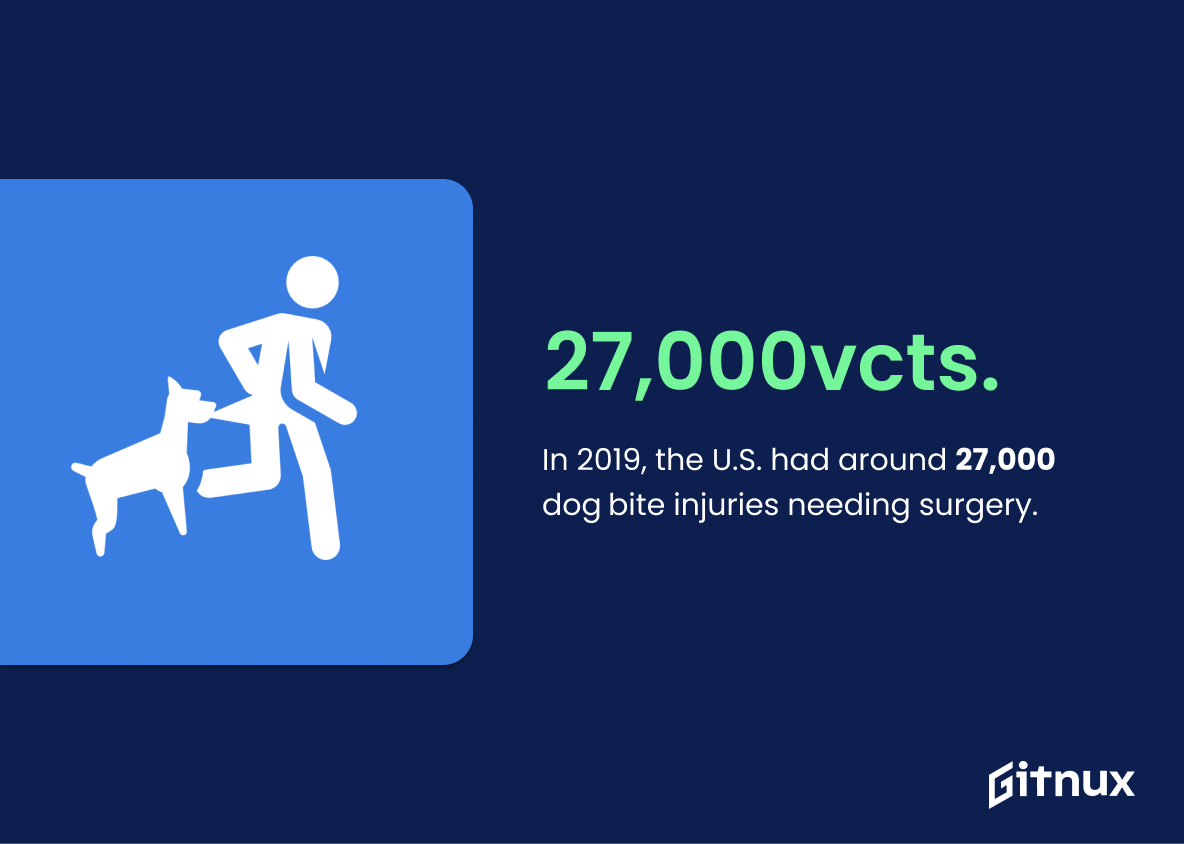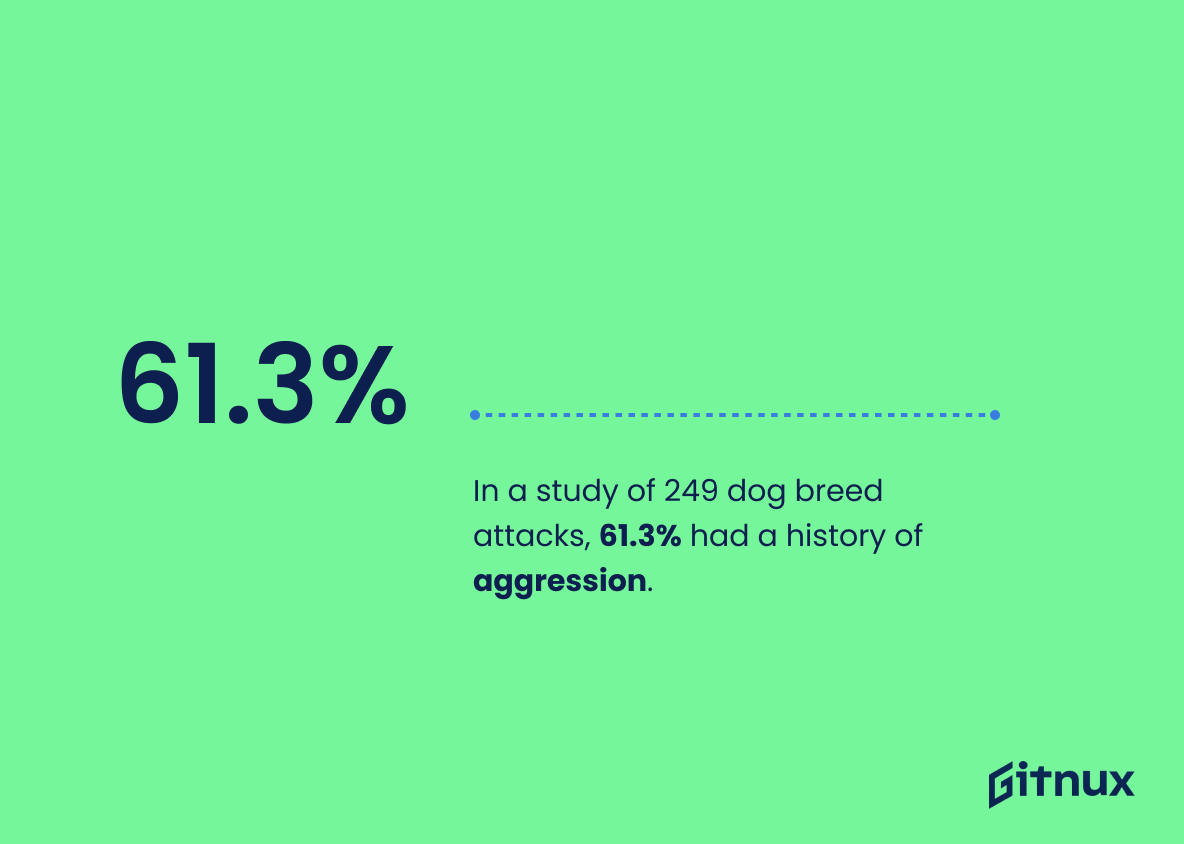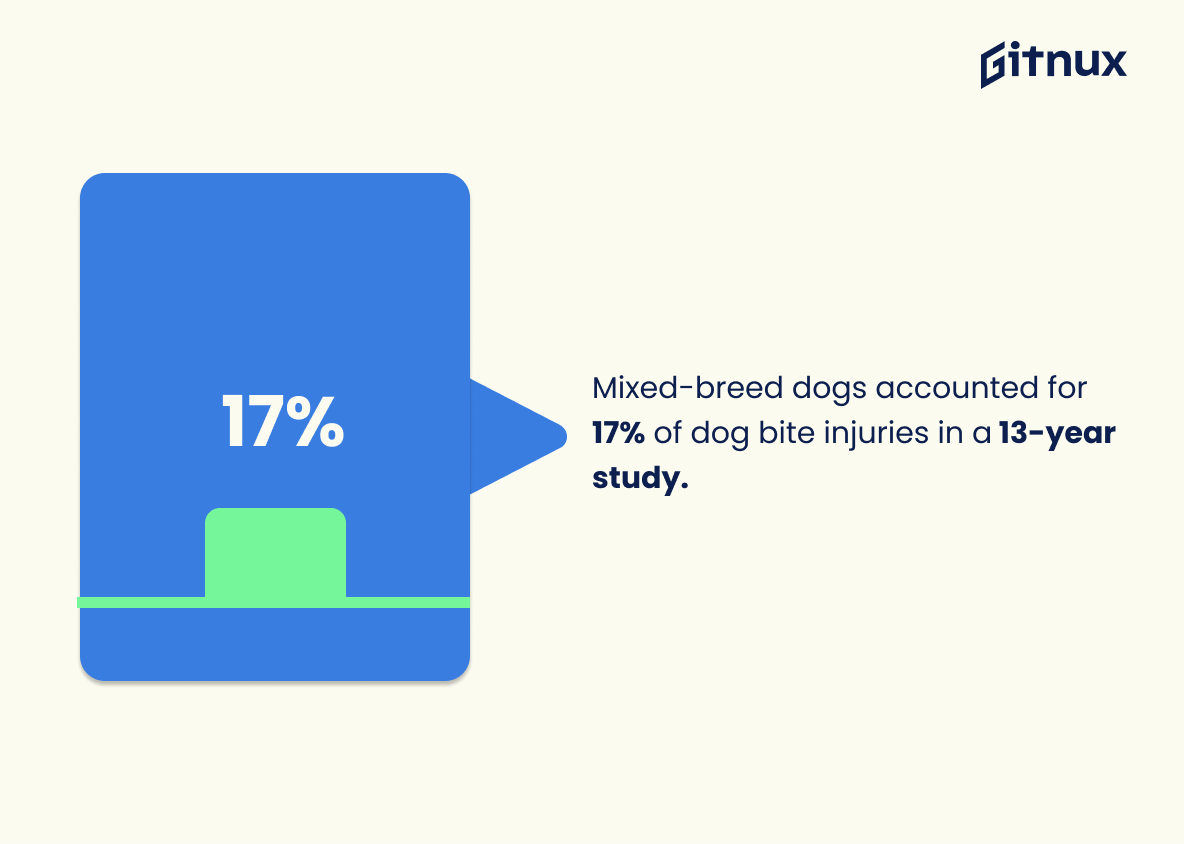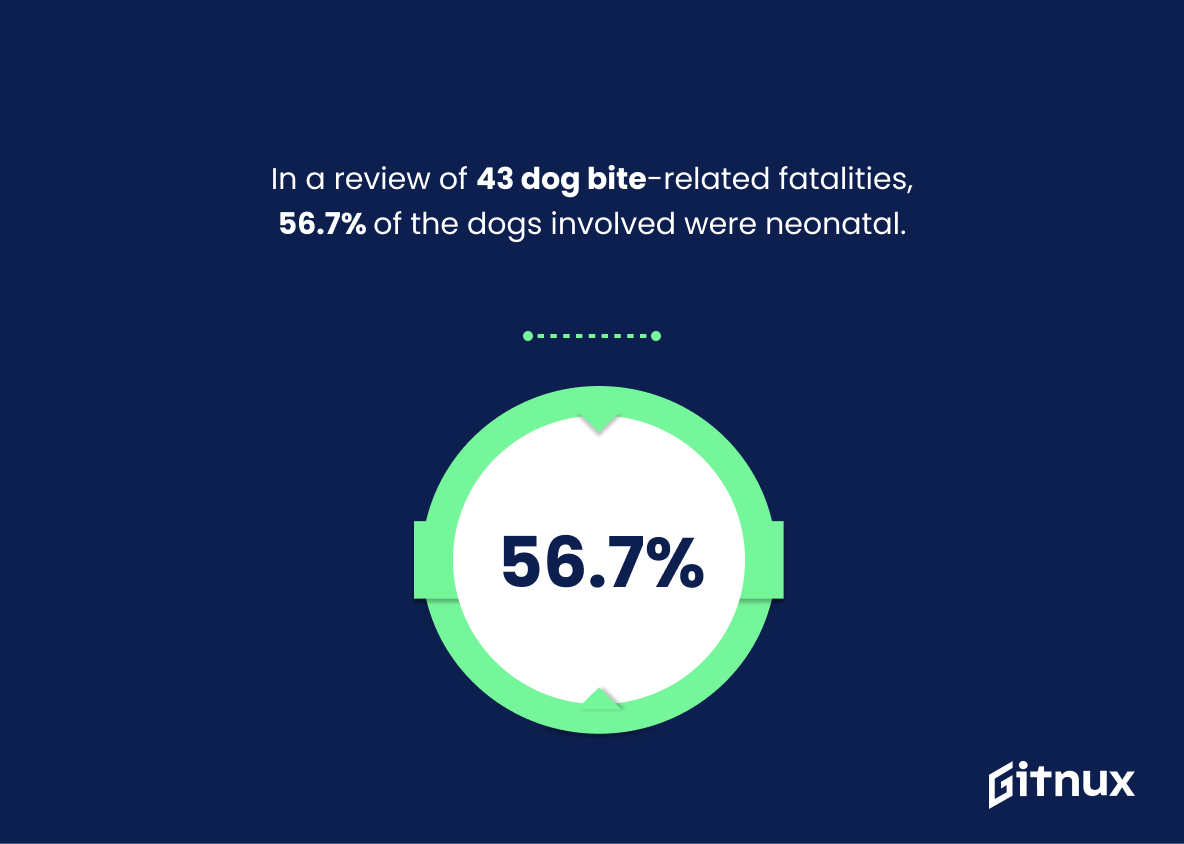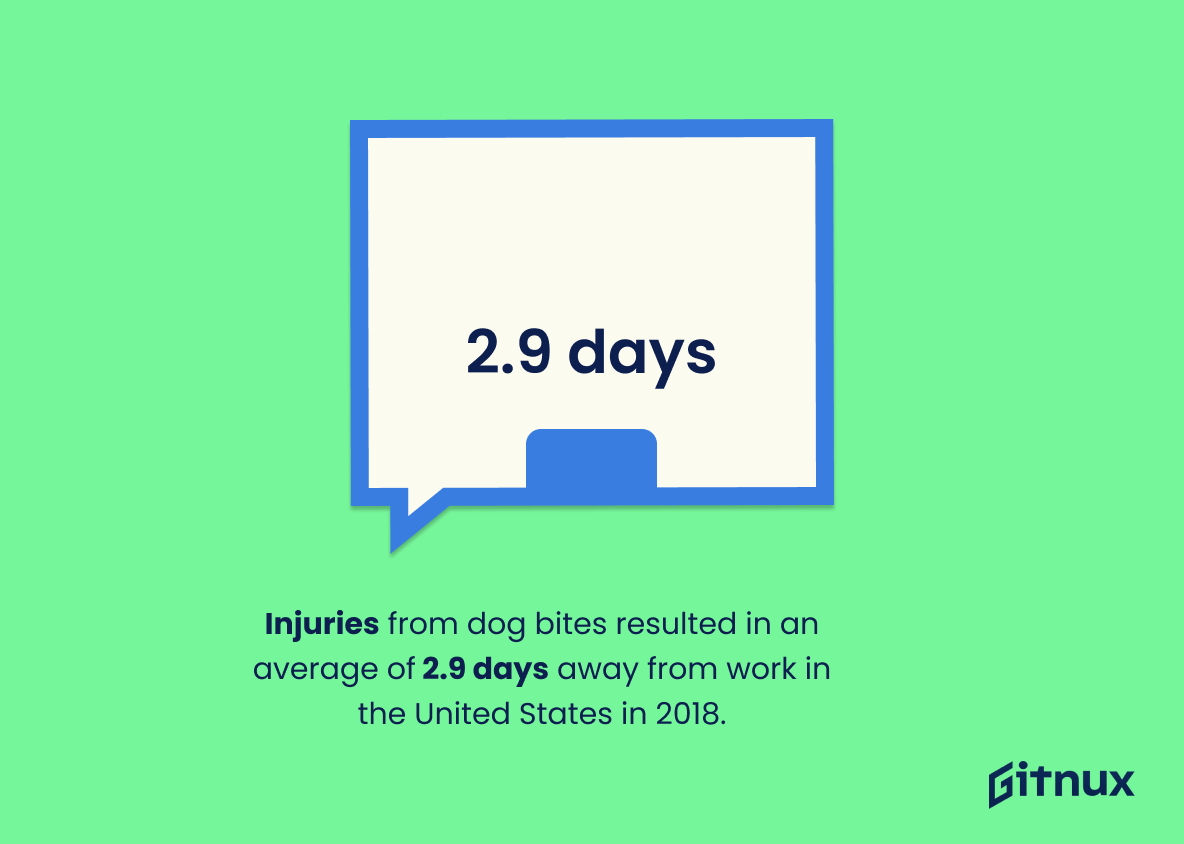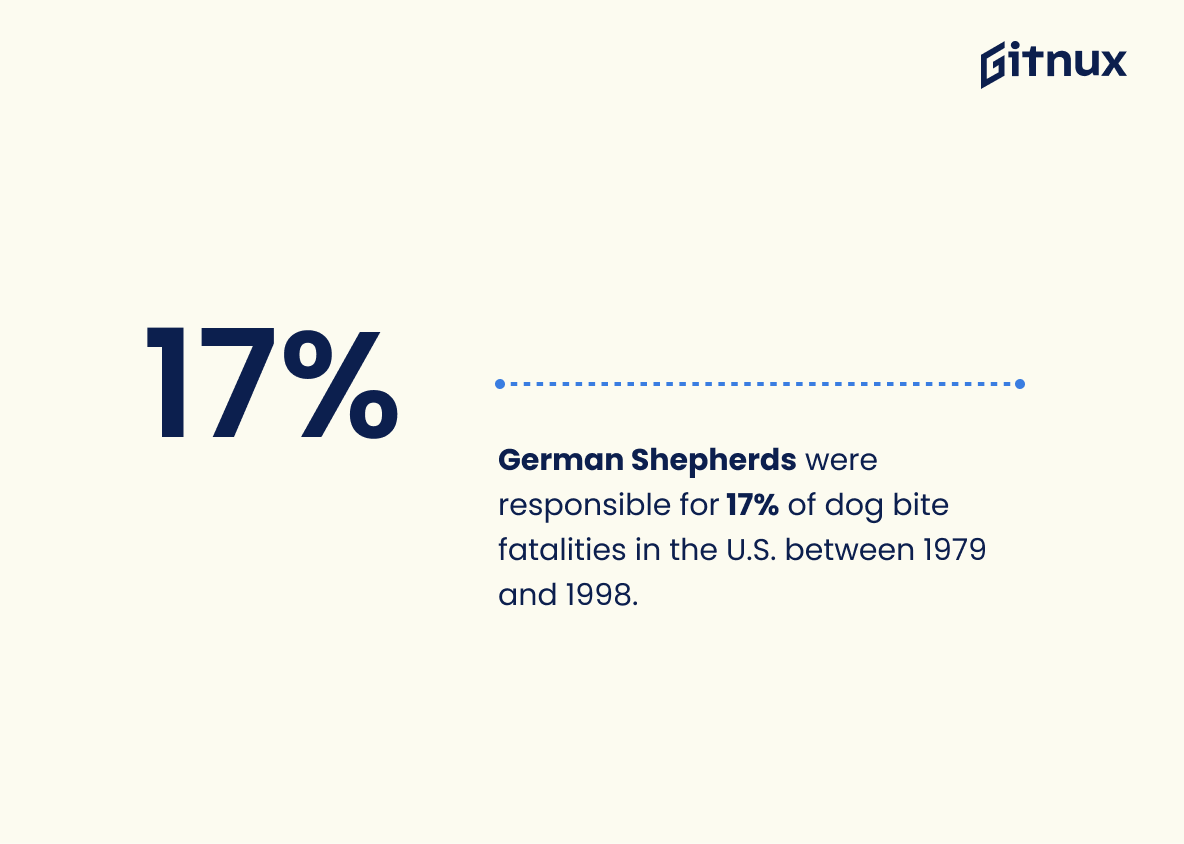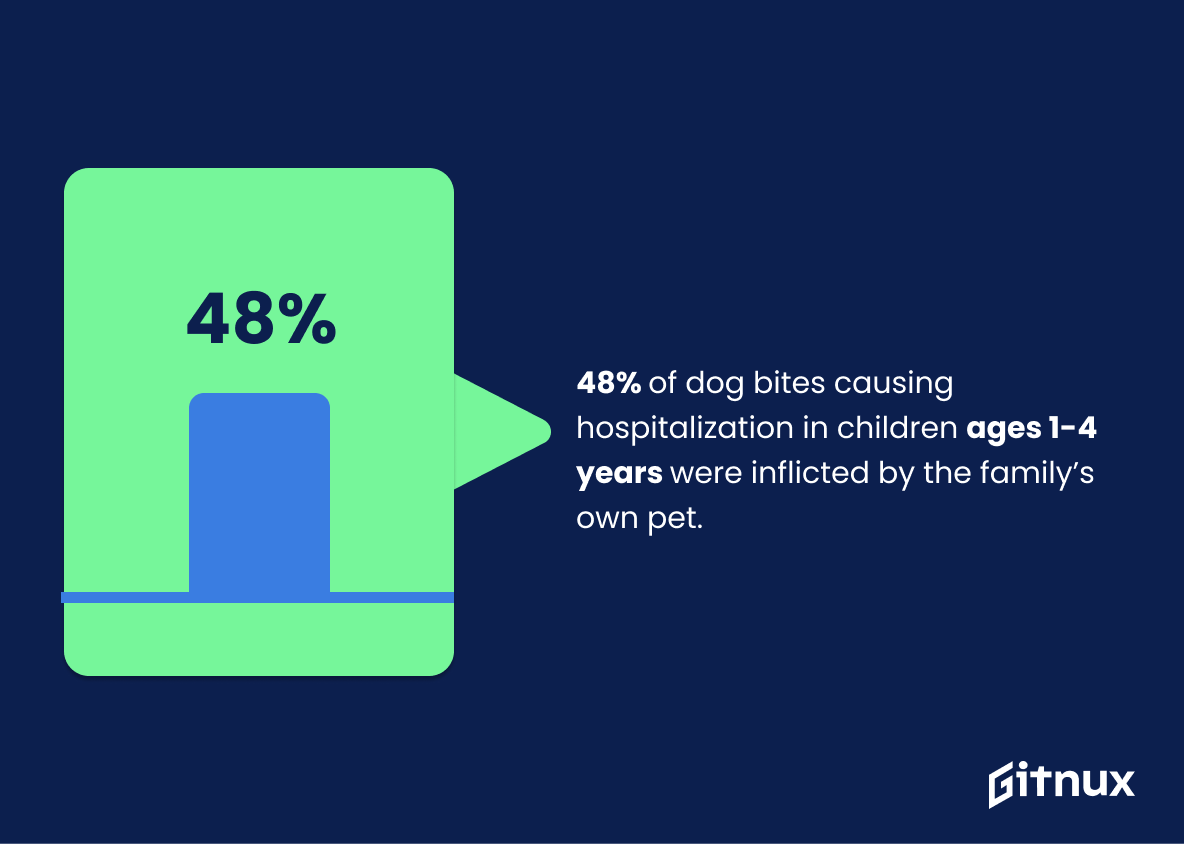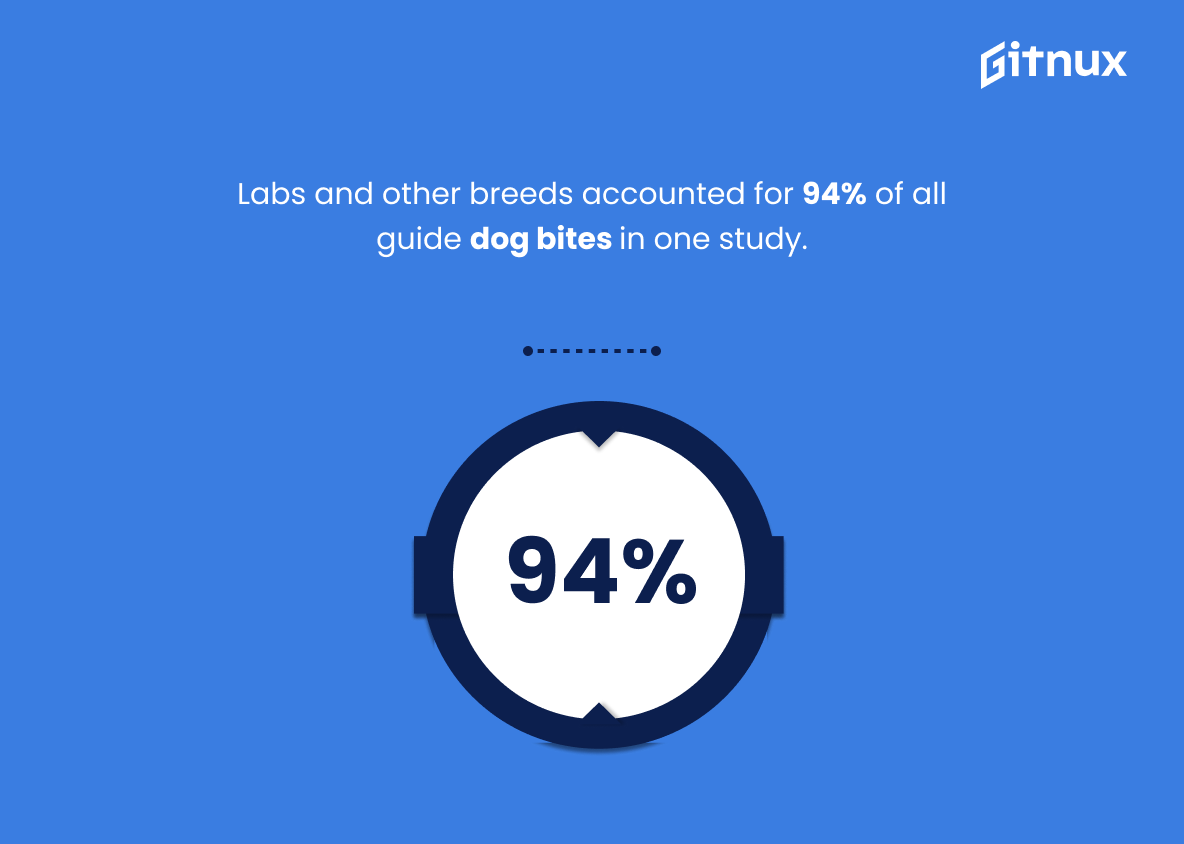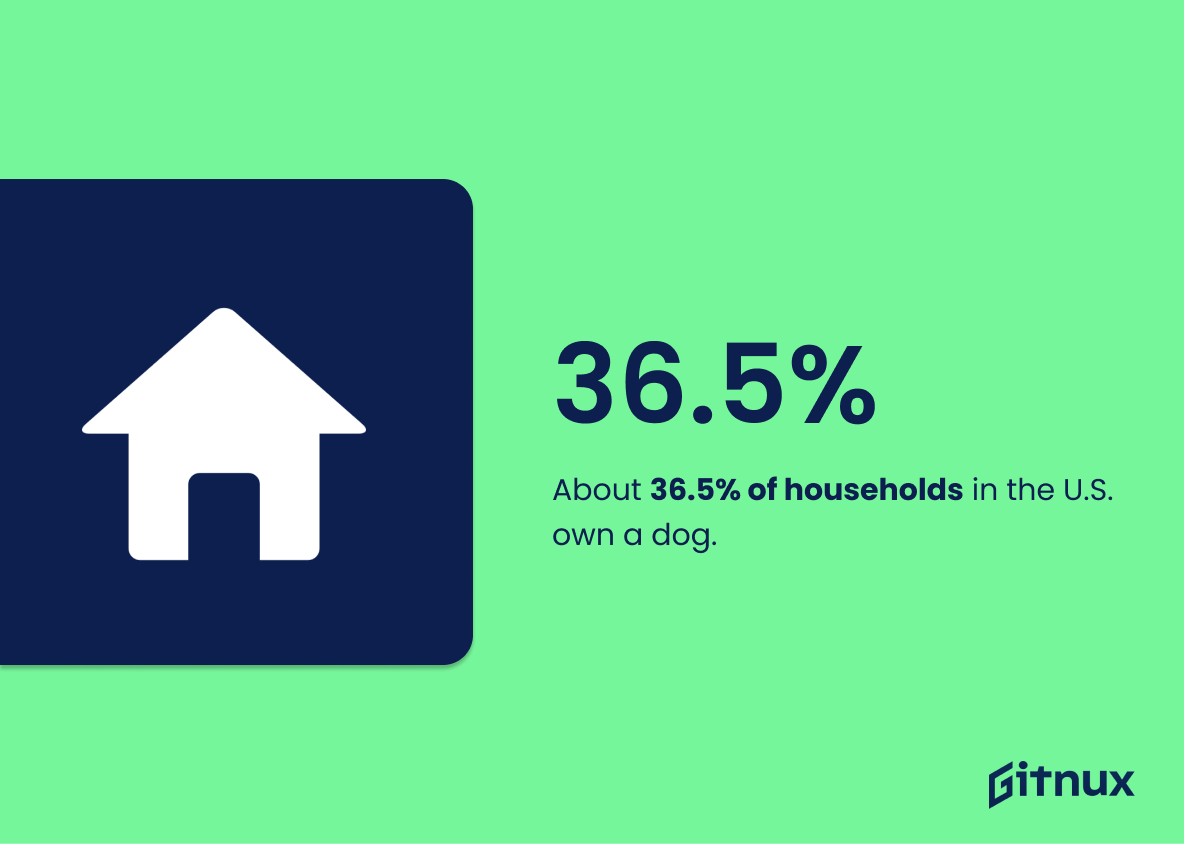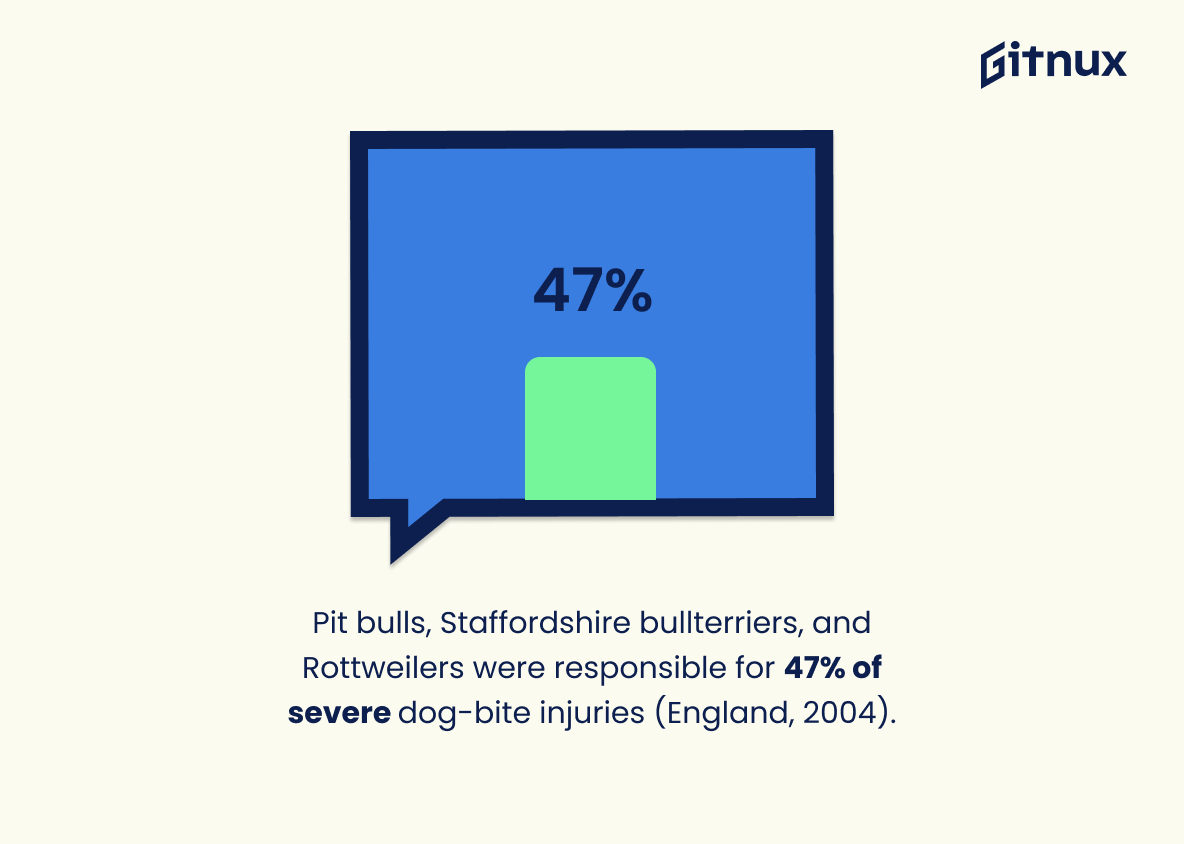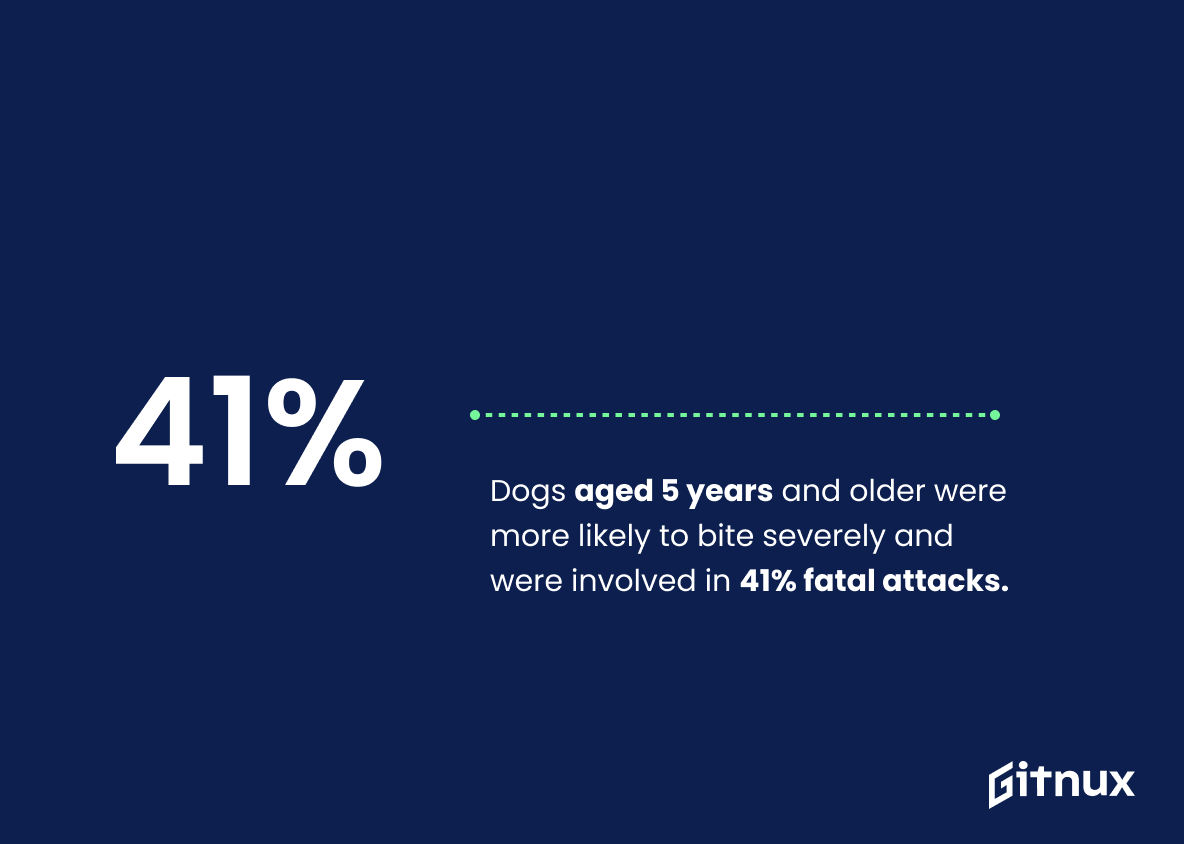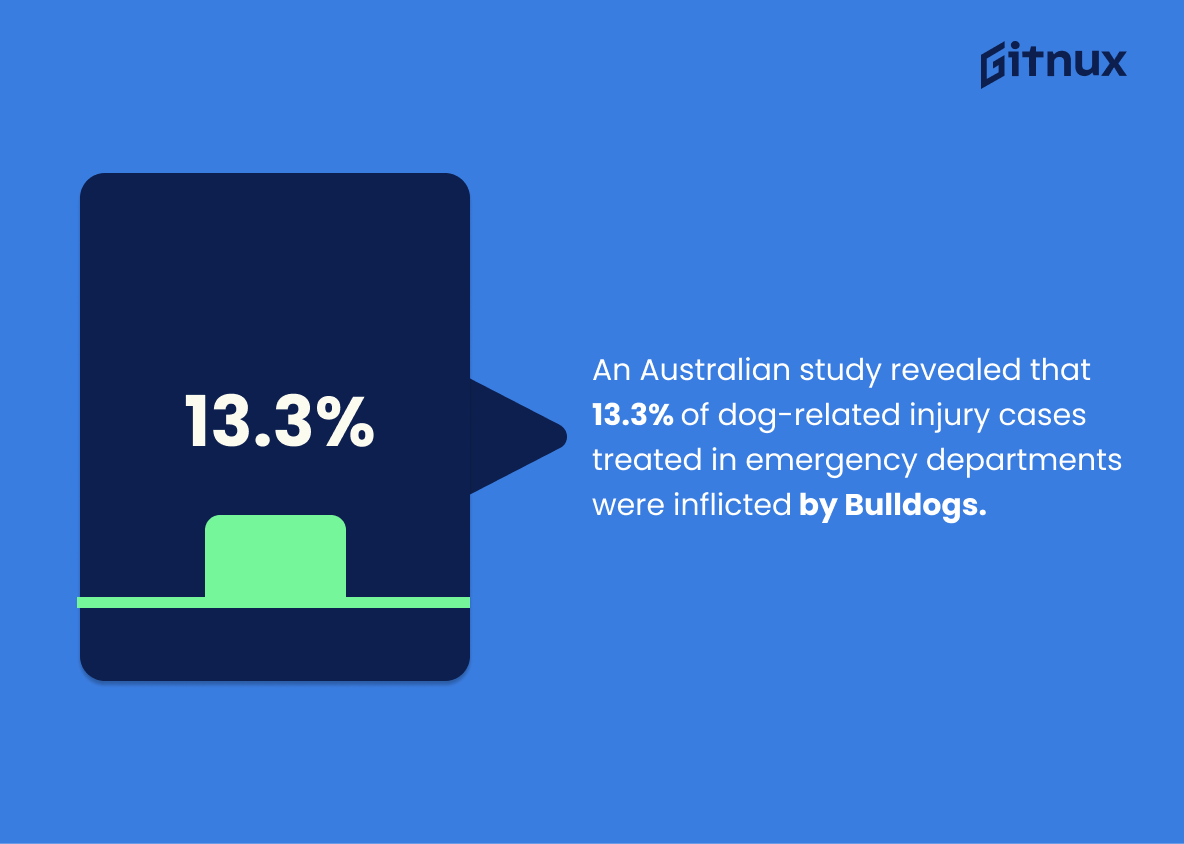It is no secret that dog bites can be a serious problem. Unfortunately, statistics show that certain breeds are more likely to bite than others and the severity of these attacks can range from minor injuries to fatalities. In this blog post, we will explore some of the most recent data on dog breed attack statistics in order to gain insight into which breeds pose the greatest risk and how best to prevent such incidents from occurring.
We’ll look at stats related to pit bulls, chihuahuas, mixed-breed dogs, German Shepherds and other popular breeds as well as information about age groups affected by dog bites and costs associated with them. By understanding these facts better we hope you will be able to make informed decisions when it comes time for selecting your next pet or taking steps towards preventing future attacks.
Dog Breeds Attack Statistics Overview
In 2019, the U.S. had approximately 27,000 victims of dog bite-related injuries requiring reconstructive surgery.
This statistic serves as a stark reminder of the potential danger posed by certain dog breeds. It highlights the importance of researching a breed before bringing one into the home, as well as the need for responsible pet ownership. It also underscores the need for proper training and socialization of dogs, as well as the importance of educating children on how to interact with animals safely.
Chihuahuas are reportedly ranked second in dog breeds most likely to bite.
This statistic is a stark reminder that even the smallest of dog breeds can be capable of inflicting harm. It is important to remember that any dog, regardless of size, can be dangerous if not properly trained and socialized. This statistic should serve as a warning to potential dog owners to be aware of the risks associated with owning a Chihuahua and to take the necessary precautions to ensure the safety of themselves and others.
In a study of 249 dog breed attacks, 61.3% had a history of aggression.
This statistic is a powerful indicator of the potential danger posed by certain dog breeds. It suggests that a significant majority of dog breed attacks are perpetrated by animals with a history of aggression, highlighting the importance of researching a breed’s temperament before bringing one into the home.
Mixed-breed dogs accounted for 17% of dog bite injuries in a 13-year study.
This statistic is a stark reminder that mixed-breed dogs should not be overlooked when it comes to dog bite injuries. Despite making up a smaller portion of the canine population, mixed-breed dogs still accounted for a significant portion of dog bite injuries in the 13-year study. This highlights the importance of being aware of the potential risks associated with all types of dogs, regardless of breed.
In a review of 43 dog bite-related fatalities, 56.7% of the dogs involved were neonatal (under four months of age).
This statistic is a stark reminder that even the youngest of dogs can be capable of inflicting serious harm. It serves as a warning to potential dog owners that even the most adorable puppies can be dangerous if not properly trained and socialized. It also highlights the importance of researching a breed before bringing a puppy home, as some breeds may be more prone to aggression than others.
Among 346 dog-on-dog-aggression cases, 41% involved the same breed attacking a dog of the same breed.
This statistic is a telling indication of the potential for aggression within a breed. It suggests that even within the same breed, there is a risk of aggression that should be taken into account when considering a particular breed of dog. This is an important factor to consider when researching dog breeds and their potential for aggression.
Injuries from dog bites resulted in an average of 2.9 days away from work in the United States in 2018.
This statistic is a stark reminder of the potential danger that dog bites can pose. It highlights the fact that, even in the United States, dog bites can have serious consequences, resulting in an average of 2.9 days away from work. This is an important statistic to consider when discussing dog breeds attack statistics, as it serves as a reminder of the potential risks associated with owning certain breeds of dogs.
German Shepherds were responsible for 17% of dog bite fatalities in the U.S. between 1979 and 1998.
This statistic is a stark reminder of the potential danger posed by German Shepherds. It highlights the need for owners to be aware of the risks associated with this breed and to take appropriate safety measures. It also serves as a warning to those considering getting a German Shepherd, as it shows that this breed is more likely to be involved in fatal dog bite incidents than other breeds.
48% of dog bites causing hospitalization in children ages 1-4 years were inflicted by the family’s own pet.
This statistic is a stark reminder of the importance of proper training and socialization of family pets. It highlights the need for parents to be aware of the potential risks of owning a dog, and to take the necessary steps to ensure their pet is well-behaved and not a danger to their children. It also serves as a warning to those considering getting a dog, that they should be prepared to invest the time and effort into training and socializing their pet.
Labs and other breeds accounted for 94% of all guide dog bites in one study.
This statistic is a stark reminder that Labs and other breeds are responsible for the majority of guide dog bites. It is a clear indication that these breeds should be monitored more closely and that owners should be aware of the potential risks associated with them. This information is essential for anyone considering getting a guide dog, as it can help them make an informed decision about which breed is best for them.
About 36.5% of households in the U.S. own a dog.
This statistic is significant when considering dog breeds attack statistics because it provides a baseline for the number of households that own a dog. Knowing the percentage of households that own a dog can help to better understand the scope of the issue and the potential risk of dog attacks.
In England, Pit bulls, Staffordshire bull terriers, and Rottweilers were responsible for 47% of severe dog-bite injuries in 2004.
This statistic is a stark reminder of the potential danger posed by certain breeds of dogs. It highlights the need for responsible ownership and proper training of these breeds, as well as the importance of educating the public about the risks associated with them. It also serves as a warning to those considering owning one of these breeds, that they should be aware of the potential for serious injury.
Dogs aged 5 years and older were more likely to bite severely and were involved in 41% fatal attacks.
This statistic is a stark reminder of the importance of proper training and socialization for dogs of all ages. It highlights the fact that older dogs, if not given the right guidance, can be more prone to aggressive behavior and even fatal attacks. This is a crucial point to consider when choosing a breed and caring for a pet.
An Australian study revealed that 13.3% of dog-related injury cases treated in emergency departments were inflicted by Bulldogs.
This statistic is a stark reminder that Bulldogs are a breed that should not be taken lightly. It highlights the potential danger that Bulldogs can pose, and serves as a warning to those considering owning a Bulldog to be aware of the risks. Furthermore, it provides a valuable insight into the prevalence of dog-related injuries, and the need for responsible ownership of all breeds.
In 2016, the Insurance Information Institute reported that dog bite claims cost insurers over $600 million.
This statistic is a stark reminder of the financial burden that dog bites can cause. It highlights the importance of understanding the risks associated with different dog breeds and taking the necessary precautions to ensure the safety of both people and pets.
The American Veterinary Medical Association states that 51% of all dog bite victims are children younger than 12 years old.
This statistic is a stark reminder of the potential danger that dogs can pose to children. It highlights the importance of educating children on how to interact with dogs in a safe and responsible manner, as well as the need for parents to be aware of the risks associated with certain breeds of dogs.
Conclusion
The statistics presented in this blog post demonstrate the prevalence of dog bites and attacks across different breeds, ages, and locations. Pit bulls are responsible for a large percentage of reported dog bites in the U.S., as well as fatal attacks; however, other breeds such as Chihuahuas and German Shepherds also pose risks to humans.
Dog bite-related injuries often require reconstructive surgery or hospitalization, particularly among children under 10 years old who account for 81% of all victims. It is important to be aware that even family pets can cause serious harm if not properly restrained or supervised around people – especially young children – at all times.
References
0. – https://www.www.ncbi.nlm.nih.gov
1. – https://www.www.iii.org
2. – https://www.pubmed.ncbi.nlm.nih.gov
3. – https://www.www.dogsbite.org
4. – https://www.www.avma.org
5. – https://www.www.cdc.gov
6. – https://www.www.plasticsurgery.org
7. – https://www.www.paducahsun.com
8. – https://www.www.bls.gov
